Welcome to GrapeSEED
For over 50 years, we at GrapeSEED have been invested in a singular mission: the success of the next generation. We exist to give parents hope for the best possible life for their children and teachers the tools they need to be successful.
Around the world, the situation is the same: English is a tremendous advantage and an accelerant to success.
English gives children the keys to the future.
- It empowers children, broadening their horizons.
- It opens doors for their onward studies.
- It builds their confidence in the classroom.
- It creates opportunities for a lifetime of success
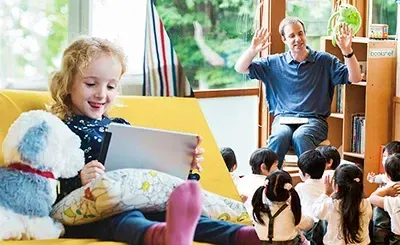
Slide title
Write your caption hereButton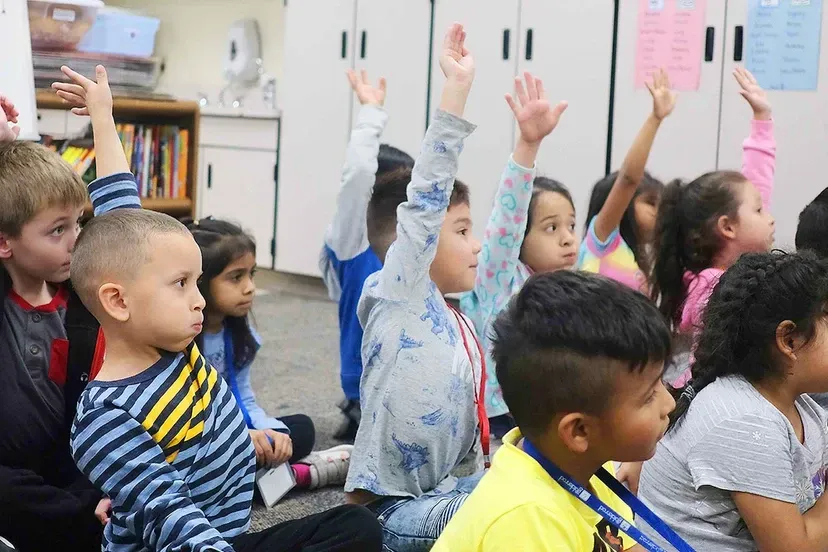
Slide title
Write your caption hereButton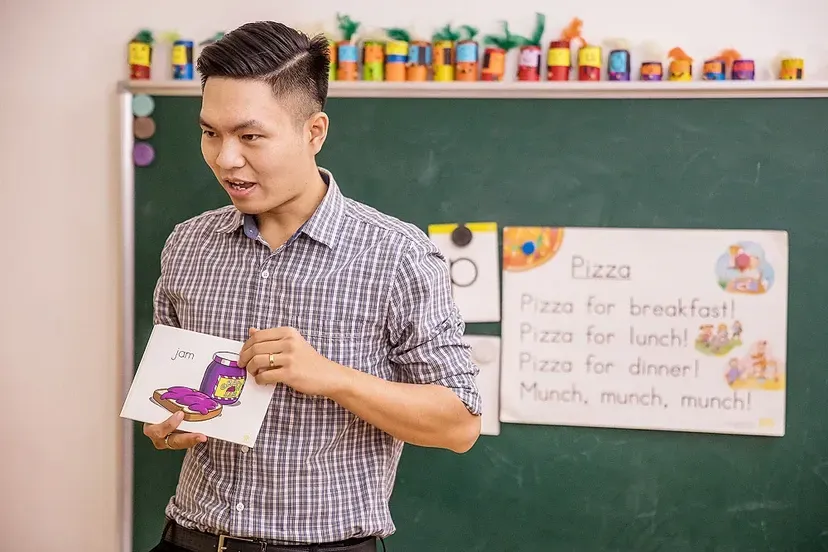
Slide title
Write your caption hereButton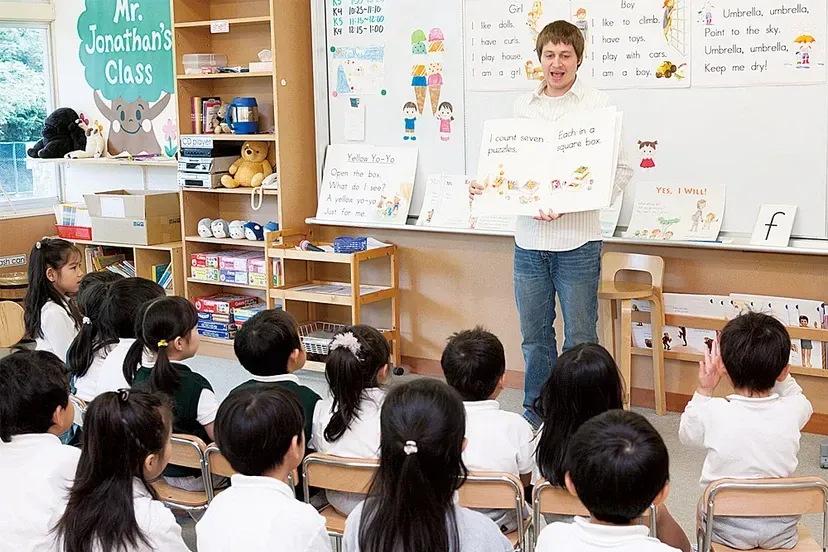
Slide title
Write your caption hereButton

Slide title
Write your caption hereButton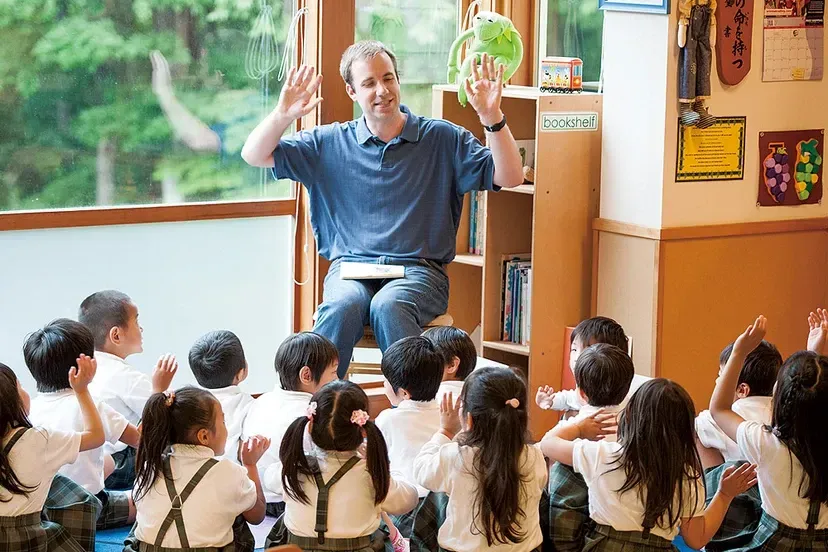
Slide title
Write your caption hereButton
Slide title
Write your caption hereButton
Slide title
Write your caption hereButton
THE GRAPESEED
Methodology
GrapeSEED is focused on practical use of concepts, vocabulary, language functions, and meaning comprehension instead of the memorization of grammatical rules and structures.
Students learn to hear and recognize English speech— and to process and speak their thoughts—without having to first think in, and then interpret from, their native language. By making English learning meaningful and fun, GrapeSEED makes learning interesting. By teaching English in the way that children naturally learn (through continuous exposure), GrapeSEED instills motivation and quickly builds fluency.
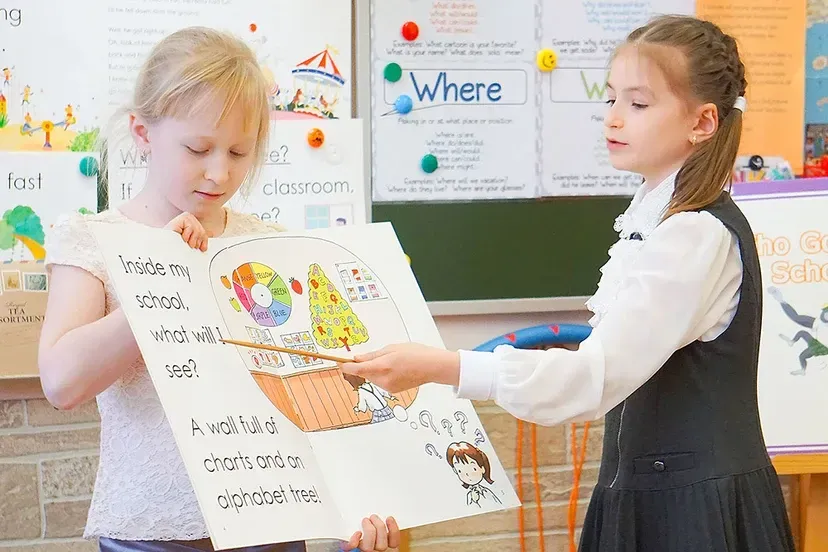
Slide title
Write your caption hereButton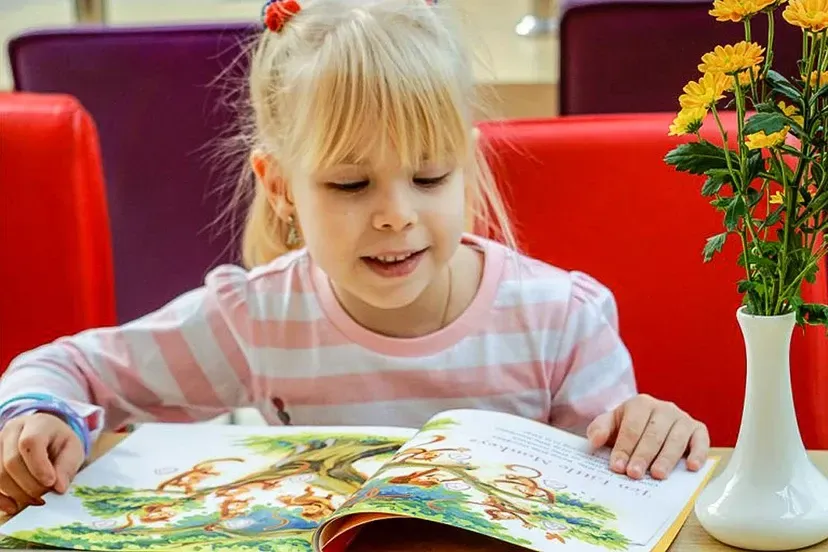
Slide title
Write your caption hereButton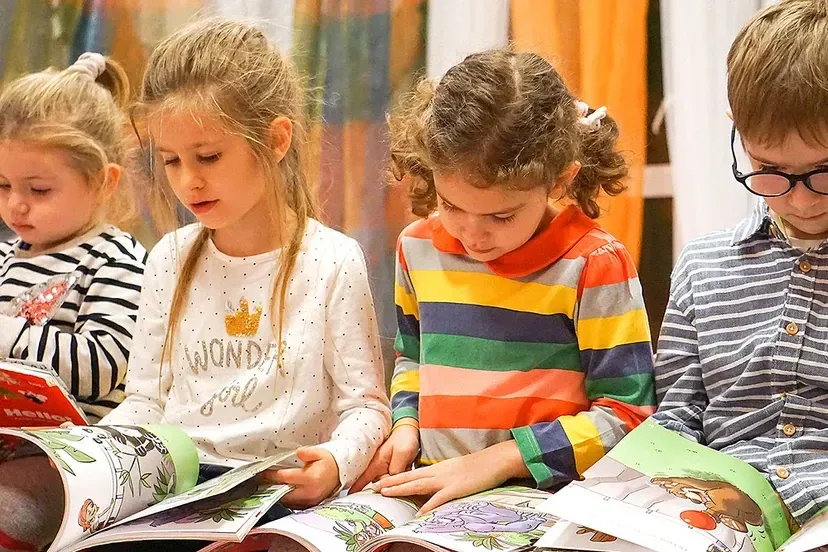
Slide title
Write your caption hereButton
Slide title
Write your caption hereButton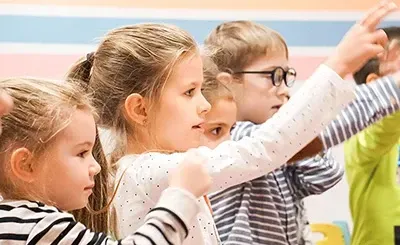
Slide title
Write your caption hereButton
Slide title
Write your caption hereButton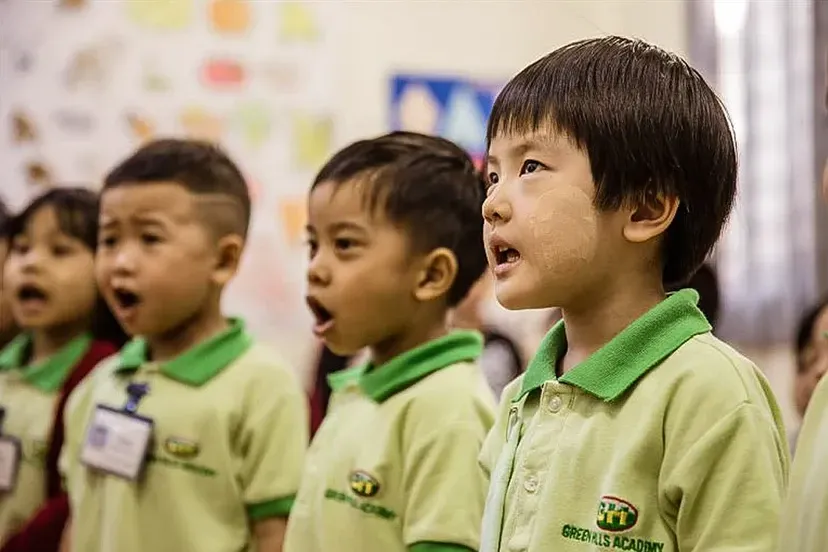
Slide title
Write your caption hereButton
THE GRAPESEED
Framework
GrapeSEED equips students with the skills necessary for complete communicative proficiency — understanding, speaking, reading, and writing.
Students start by listening to the expressions of language and associating sounds with functions. They begin to mimic sounds until they learn to reproduce them. The more students hear language functions (receptivity) and the more they use language functions (expression), the easier and faster they retrieve each language function (fluency) and communicate with known 'notions' (proficiency).

Slide title
Write your caption hereButton
Slide title
Write your caption hereButton
Slide title
Write your caption hereButton
Slide title
Write your caption hereButton
Slide title
Write your caption hereButton
Slide title
Write your caption hereButton
GrapeSEED Learning Outcomes
1. ABILITY TO LISTEN, COMPREHEND, AND RESPOND
GrapeSEED students actively engage in a variety of oral language experiences to gain an increasing level of comprehension and aural skills.
2. ABILITY TO SPEAK CLEARLY
GrapeSEED students speak to different audiences using developmental vocabulary with increasing fluency and accuracy.
3. ABILITY TO READ AND UNDERSTAND
GrapeSEED students demonstrate phonemic awareness and vocabulary development. They learn to comprehend and ask questions about selections read aloud.
1. ABILITY TO LISTEN, COMPREHEND, AND RESPOND
GrapeSEED students actively engage in a variety of oral language experiences to gain an increasing level of comprehension and aural skills.
GRAPESEED CURRICULUM
Core Components
At GrapeSEED, we know a variety of teaching tools are needed to assist children when learning a language. Every curriculum component has a purpose, and together, they make a rich language learning opportunity.
Learn how each curriculum component contributes to the GrapeSEED experience.
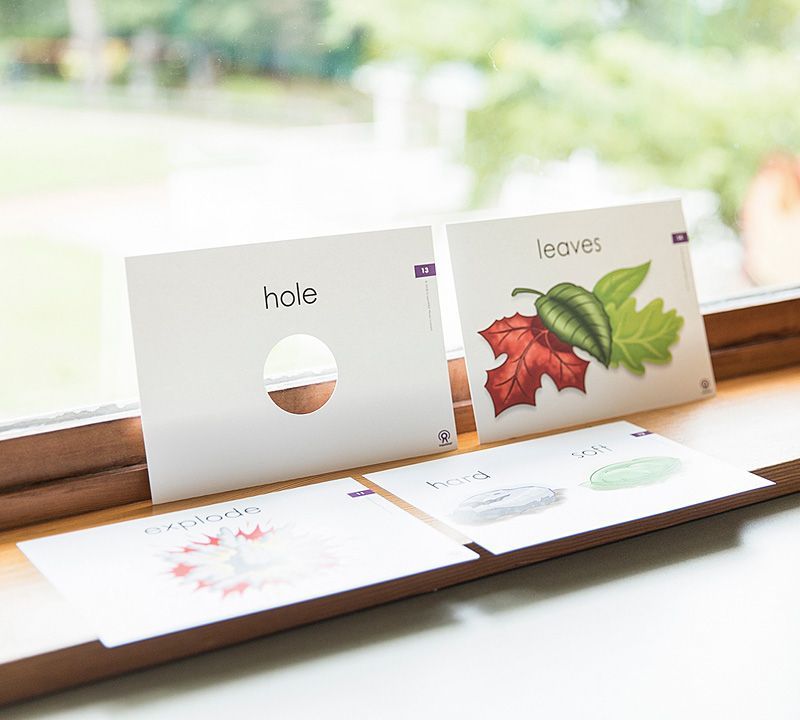
SHARED READING: POEMS & BIG BOOKS
Shared Reading teaches phonics principles, such as phoneme and phonogram awareness, and the concepts of print. Poems introduce a new letter and teach students to recognize a sound at the beginning, middle, and end of words. Big Books teach proper pronunciation, natural expression, high frequency words, and basic vocabulary.
PHONOGRAM CARDS
Learning phonograms and understanding how they come together to make words lays the foundation for future reading skills. Phonogram Cards allow students to focus on specific English sounds. Students will air write and learn the stroke order, name, and sound of each letter of the alphabet.
REPEATED EXPOSURE AND PRACTICE (REP)
REP extends the student's English exposure beyond the classroom with specifically designed online content that provides fun and exciting 'edutainment' presented by professional native English speakers. Practice is important because it ensures the repetition and exposure to core language functions and patterns students need for increasing fluency.
READERS
Readers are short stories that let students use their phonics skills, including assembly and decoding, to read independently and with comprehension. Teacher-led questions encourage discussion and use of language expressions found in each story.
WRITERS
Writers are used to teach students how to write simple, phonetically-decodable words by assembling two or more phonograms. By saying the words as they write them, students also learn to instantly recognize the words, helping them become more fluent readers and writers.
ACTION ACTIVITIES
Action Activities teach specific actions with a physical response—the principle behind Total Physical Response (TPR). By requiring this response, Action Activities help students to begin thinking in English, and they can respond physically to English before their verbal abilities have developed.
SONGS
Songs are a fun and effective way to teach vocabulary and expressions. All Songs are designed to introduce vocabulary and language functions within the learning objectives. When combined with pictures and gestures, students` understanding of the new concepts will increase when they hear similar phrases repeated in other contexts.
SHARED READING: POEMS & BIG BOOKS
Shared Reading teaches phonics principles, such as phoneme and phonogram awareness, and the concepts of print. Poems introduce a new letter and teach students to recognize a sound at the beginning, middle, and end of words. Big Books teach proper pronunciation, natural expression, high frequency words, and basic vocabulary.
CHANTS
Chants contain most of the critical expressions necessary for communicating in English and provide a natural context for learning most language functions. Chants are designed to be learned in the same style as a regular conversation, helping students from speaking in an awkward monotone.
STORIES & STORY DICTIONARIES
Stories provide an opportunity for daily repetition and expand students` vocabulary and language functions with various sentence structures. Each Unit comes with a Story Dictionary, which reviews words and language functions from the previous Unit. Reading Stories facilitates discussions and allows for comprehension questions that build students` confidence and communicative ability.

SHARED READING: POEMS & BIG BOOKS
Shared Reading teaches phonics principles, such as phoneme and phonogram awareness, and the concepts of print. Poems introduce a new letter and teach students to recognize a sound at the beginning, middle, and end of words. Big Books teach proper pronunciation, natural expression, high frequency words, and basic vocabulary.
PHONOGRAM CARDS
Learning phonograms and understanding how they come together to make words lays the foundation for future reading skills. Phonogram Cards allow students to focus on specific English sounds. Students will air write and learn the stroke order, name, and sound of each letter of the alphabet.
REPEATED EXPOSURE AND PRACTICE (REP)
REP extends the student's English exposure beyond the classroom with specifically designed online content that provides fun and exciting 'edutainment' presented by professional native English speakers. Practice is important because it ensures the repetition and exposure to core language functions and patterns students need for increasing fluency.
READERS
Readers are short stories that let students use their phonics skills, including assembly and decoding, to read independently and with comprehension. Teacher-led questions encourage discussion and use of language expressions found in each story.
WRITERS
Writers are used to teach students how to write simple, phonetically-decodable words by assembling two or more phonograms. By saying the words as they write them, students also learn to instantly recognize the words, helping them become more fluent readers and writers.
ACTION ACTIVITIES
Action Activities teach specific actions with a physical response—the principle behind Total Physical Response (TPR). By requiring this response, Action Activities help students to begin thinking in English, and they can respond physically to English before their verbal abilities have developed.
SONGS
Songs are a fun and effective way to teach vocabulary and expressions. All Songs are designed to introduce vocabulary and language functions within the learning objectives. When combined with pictures and gestures, students` understanding of the new concepts will increase when they hear similar phrases repeated in other contexts.
SHARED READING: POEMS & BIG BOOKS
Shared Reading teaches phonics principles, such as phoneme and phonogram awareness, and the concepts of print. Poems introduce a new letter and teach students to recognize a sound at the beginning, middle, and end of words. Big Books teach proper pronunciation, natural expression, high frequency words, and basic vocabulary.
CHANTS
Chants contain most of the critical expressions necessary for communicating in English and provide a natural context for learning most language functions. Chants are designed to be learned in the same style as a regular conversation, helping students from speaking in an awkward monotone.
STORIES & STORY DICTIONARIES
Stories provide an opportunity for daily repetition and expand students` vocabulary and language functions with various sentence structures. Each Unit comes with a Story Dictionary, which reviews words and language functions from the previous Unit. Reading Stories facilitates discussions and allows for comprehension questions that build students` confidence and communicative ability.
FLEXIBLE CLASSROOM MODELS
Implementation Options
At GrapeSEED, we strive to meet the unique implementation needs of each GrapeSEED school. Our individualized, flexible implementation solutions get GrapeSEED classes fully operational quickly to support the goals of our schools, teachers, and students.

IN-PERSON
Create a welcoming, friendly environment in which children feel safe to participate and become enthused to learn English
- A comprehensive, all-inclusive curriculum program
- A stress-free, no fear of failure atmosphere
- Print and digital content that is fun and engaging for children

REMOTE
Provide continuity in learning through GrapeSEED Connect, a digital classroom platform
- Remote options overcome interruptions of in-person classes caused by unexpected circumstances (e.g., natural disasters, pandemics, unique regional issues, etc.)
- Remote GrapeSEED lessons adhere to GrapeSEED's methodology and high-quality standards
- Advanced remote presentation technology ensures clarity of lesson content that deepens comprehension by students
- Remote classes allow school enrollment growth with no need for additional physical space

HYBRID
Combine in-person and remote options to fit a variety of schedule preferences and needs
- Hybrid offerings have lower overhead than full schedules of in-person classes
- Hybrid schedules are scalable and flexible, created to fit any school's recruitment and enrollment needs
- GrapeSEED hybrid classes provide all tools and materials for in-person and remote learning
- Hybrid implementation is simple and can be done quickly

Technology for Success
How does GrapeSEED utilize digital tools to ensure a fun, convenient, and impactful experience for everyone? Check out our Technology page for more details on some of the tools we offer:
- GrapeSEED Portal: Comprehensive digital suite for educators, administrators, and parents
- GrapeSEED Nexus: All-in-one app for teachers to broadcast lesson materials on a smartphone, TV, or other monitor
- GrapeSEED Connect: Synchronous online classroom plat form for ideal remote teaching
- Student App: Companion app allowing students to enjoy GrapeSEED at home

